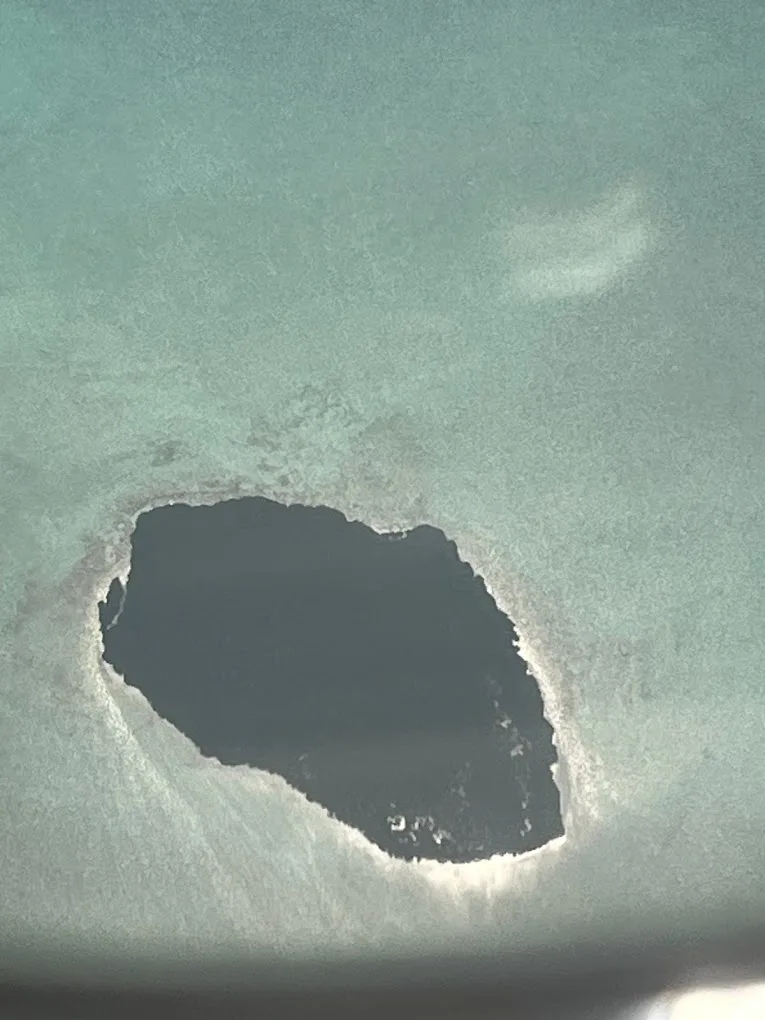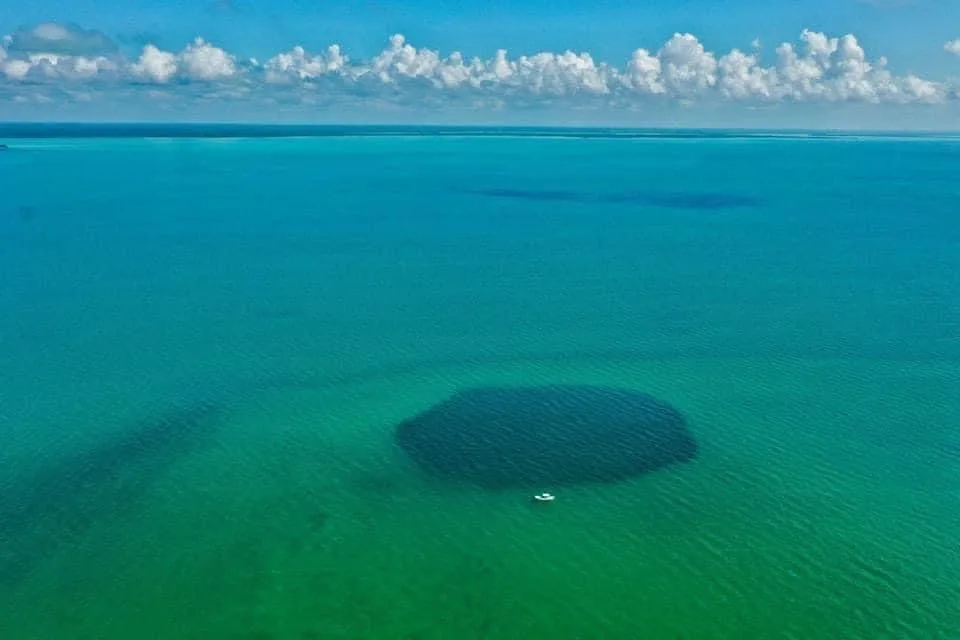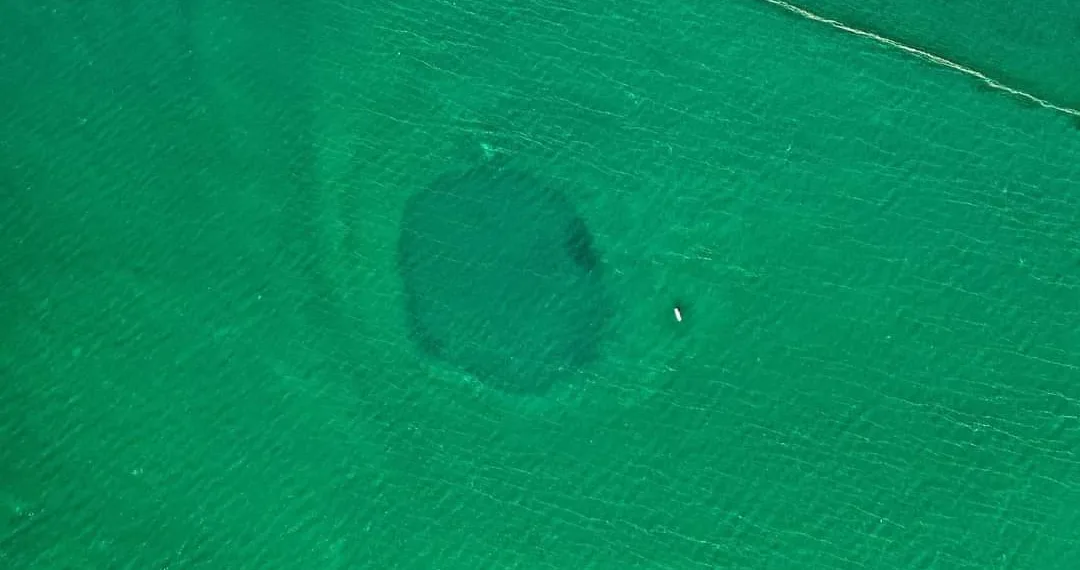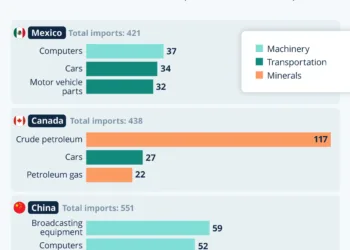- Mexico’s Taam Ja’ claims the world’s deepest blue hole title at 1,380 feet.
- Potential connection to the ocean and hidden life forms theorized.
- True depth is yet to be explored due to equipment limitations.
Researchers have uncovered a likely contender for the world’s deepest blue hole in the water off the shore of Mexico’s Yucatan Peninsula, as no one has ever solved the enigma.
Scientists published the study’s findings in the journal Frontiers in Marine Science.
The sinkhole is known as Taam Ja’ Blue Hole, and it is estimated to be at least 1,380 feet (420 meters) deep.

The recent finding of the blue hole is substantially deeper than the previously found Dragon Hole or Sansha Yongle Blue Hole in the South China Sea in 2021, which is 990 feet deep (301 meters).
“On December 6, 2023, a scuba diving expedition was conducted to identify the environmental conditions prevailing at the TJBH,” the experts said in a paper reported by Live Science.
According to the observations and gathered data, the Taam Ja’ blue hole is the world’s deepest known blue hole, with its bottom still to be discovered.”
The studies also revealed many strata underneath the sinkhole. A layer below 1,312 feet (400 meters) exhibited temperature and salinity levels comparable to the Caribbean Sea and adjoining coastal reef lagoons.

The researchers speculated that the TJBH may be linked to the ocean by a network of tunnels and caverns.
According to the source, the blue holes are vertical caves formed when the bedrock contains limestone, marble, or gypsum.
Dean’s Blue Hole in the Bahamas, Egypt’s Dahab Blue Hole, and Belize’s Great Blue Hole are among examples of similar holes.
“Confirmation of the maximum depth was not possible due to instrument limitations during the scientific expeditions in 2021,” the authors of the study said.
“Within the depths of TJBH could also lie a biodiversity to be explored,” they went on to say.





